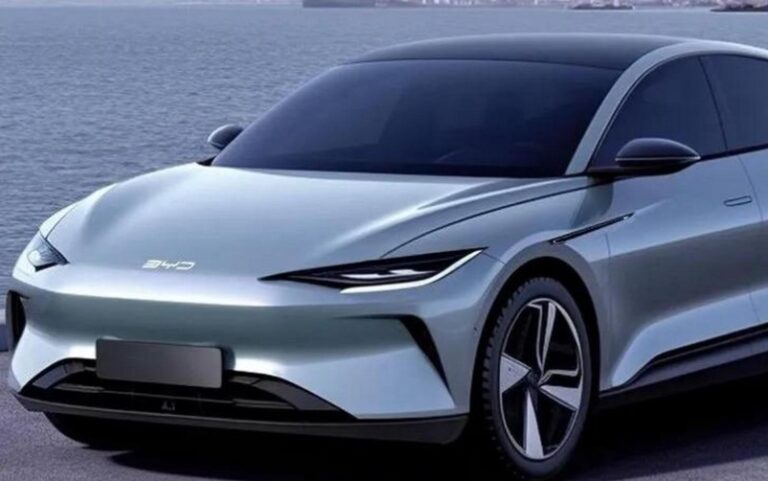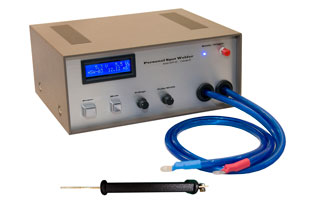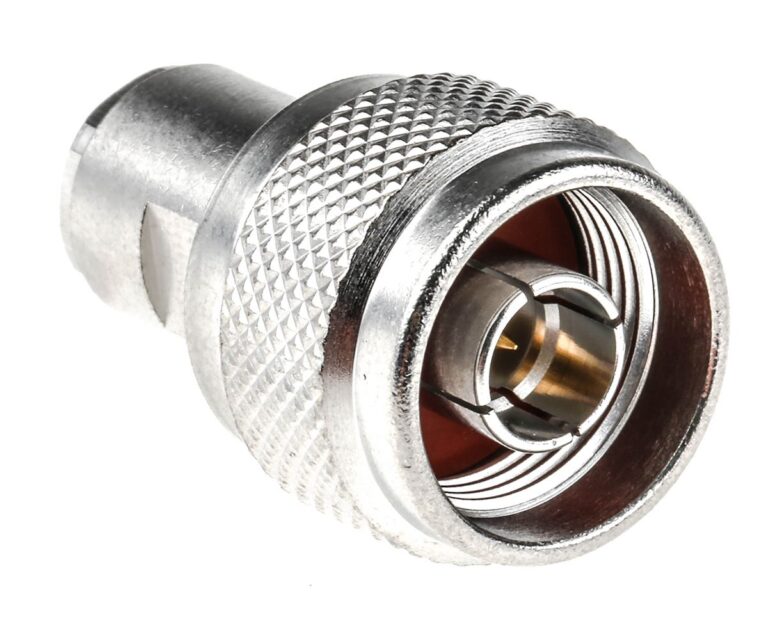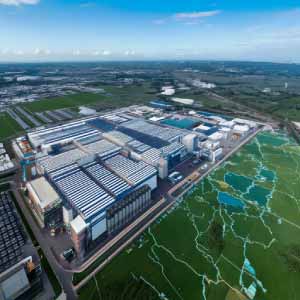Overview of CATL’s Battery factories
Major Factory Locations and Production Capacity
Major Factories in China: CATL has a number of battery production facilities in China. The main factory in Ningde, Fujian Province is CATL’s largest production site, reportedly with an annual production capacity of approximately 120 GWh.
In addition, CATL operates other production facilities in China in Yichun, Jiangxi Province; Guiyang, Guizhou Province; Jining, Shandong Province; Liyang, Jiangsu Province; Luoyang, Henan Province; Xiamen, Fujian Province; Xining, Qinghai Province; Yibin, Sichuan Province; Zhaoqing, Guangdong Province; and Nanhui New Area, Shanghai, etc., making a total of 11 domestic factories.
For example, the Liyang plant in Jiangsu Province (Liyang Plant Phases 1-3 and the plant jointly operated with SAIC) is the main production base in the province and plays a role in the overall production capacity of nearly 150 GWh in the province. The “Sichuan Era” base in Yibin, Sichuan (Phase I and II) is also large, and the annual production capacity of power batteries in Sichuan is expected to exceed 350 GWh in the future. The plant in Xining, Qinghai Province, is located near abundant lithium resources and has a current capacity of about 18 GWh. The production base in Zhaoqing, Guangdong Province is one of the largest in South China, with an annual capacity of 25 GWh after the completion of the first phase, with the aim of expanding to a cumulative scale of 150 GWh by 2030
Major overseas plants: CATL is actively expanding its production bases overseas. The Arnstadt (near Erfurt) plant in the eastern German state of Thuringia is CATL’s first European plant, built at an investment of approximately 1.8 billion euros, with an eventual production capacity of 14 GWh/year.
The Debrecen plant in Hungary is currently under construction with an investment of approximately 7.3 billion euros and a planned capacity The Debrecen plant in Hungary is currently under construction with an investment of approximately 7.3 billion euros and a planned production capacity of 100 GWh.
Plans are also underway to build production facilities in Indonesia and Thailand, with an initial 6 to 10 GWh plant under consideration in Thailand.
In the United States, an LFP battery plant (Blue Oval Battery Park) is under construction in Marshall, Michigan in partnership with Ford Motor Company. In the U.S., an LFP battery plant (Blue Oval Battery Park) is under construction in Marshall, Michigan, in partnership with Ford Motor Company, with an initial annual production capacity of 35 GWh (for approximately 400,000 EVs), scheduled to be operational in 2026. In addition, there are reported plans to establish a production facility in Nevada in collaboration with Tesla. In addition to the above, it has been decided to construct a joint plant with Sterantis, a major automobile manufacturer, in the suburbs of Zaragoza, Aragon, northeastern Spain, aiming to start operation at the end of 2026 with an annual production scale of 50 GWh.
Introduction of the latest technology and equipment
Highly automated and digitalized operations are underway at each of CATL’s plants. For example, the production line at the Guiyang plant in Guizhou Province has a 95% automation rate and has achieved “smart manufacturing” that operates almost autonomously from raw material input to product shipment.
In addition, the “Z Base” in Ningde, Fujian Province was recognized as the world’s first light house factory in the battery industry (selected by the World Economic Forum). The “Z Base” in Ningde City, Fujian Province, has been recognized as the world’s first lighthouse factory in the battery industry (selected by the World Economic Forum).
CATL has established a quality control system using big data analysis and AI. For example, the Liyang Plant has introduced process optimization using deep learning AI and μm-level inspection using computer vision.
As a result, production efficiency has been dramatically improved and the defect rate has been significantly reduced from “one in a million” to “one in a billion.
In addition, we have introduced innovative methods such as shortening setup time by using 3D printing (additive manufacturing) to create jigs, and reducing time and energy consumption in the testing process by predicting battery cell capacity using big data.
CATL is also actively implementing proprietary technologies such as CTP (Cell to Pack) technology, which improves energy density and reduces the number of components in a pack.
en.wikipedia.org
For example, the company’s latest CTP version of the “Kirin Battery” has high volumetric efficiency, contributing to an extended vehicle range ( Reference: CTP significantly increases the energy density of battery packs from 140-150 Wh/kg to 200 Wh/kg
en.wikipedia.org
). This high degree of automation and innovation has positioned CATL’s plant complex as one of the most advanced manufacturing sites in the world. In fact, three of CATL’s factories (Ningde, Headquarters, Yibin, and Liyang) have been selected for inclusion in the World Economic Forum’s Global Lighthouse Network, making CATL a leader in the industry.
New plant construction and expansion plans
CATL continues to make major capital investments and plant expansions to meet strong demand in the future. Plans are reportedly underway to build a 14th production facility in China. A new base in Jining, Shandong Province (total investment of 14 billion RMB) has already been announced, where production lines for power battery and storage battery systems will be laid out on a site of approximately 1.33 square kilometers with a construction period of less than 24 months.
Construction of the Jining project will begin in late 2022 and is expected to be completed by around 2024.
In Ningde City, Fujian Province, where the company’s head office is located, investment is also being made to increase production, including the construction of a new Fuding base, and plans have been announced to invest a total of 17 billion RMB to expand the Fujian (Fuding), Jiangsu (Liyang), and Sichuan (Yibin) bases by the end of 2020. This investment is estimated to add 120-150 GWh of additional production capacity over the next 2-4 years. In terms of overseas expansion, the construction of the aforementioned** Zaragoza plant (50 GWh) in Spain is attracting attention, and a plan to build a new cathode materials plant in Morocco for the European market has also emerged. In addition, discussions are underway to build new plants in Southeast Asia and North America, including discussions with the Thai government and a large-scale project in Indonesia (to build a battery value chain utilizing local nickel resources).
In order to make these aggressive capital investments, CATL has applied for a secondary listing on the Hong Kong Stock Exchange in February 2025 (to raise approximately $5 billion)** and is seeking to secure funding to promote projects in Hungary, Spain, and Indonesia.
While the domestic market is maturing, CATL is working to meet global CATL has positioned its plant construction and expansion strategy to capture demand and enhance supply capacity as a top priority.






